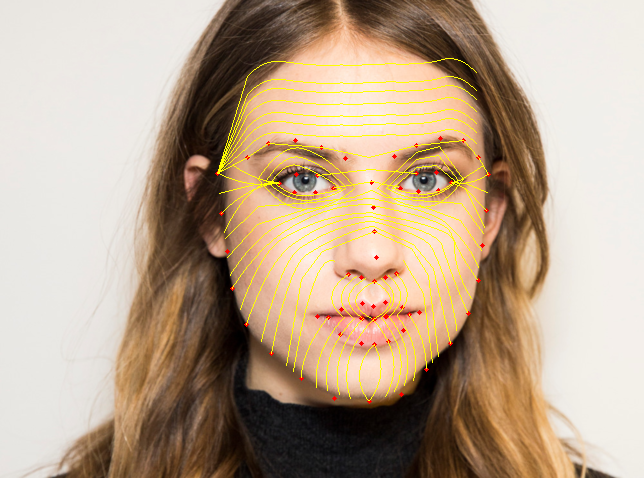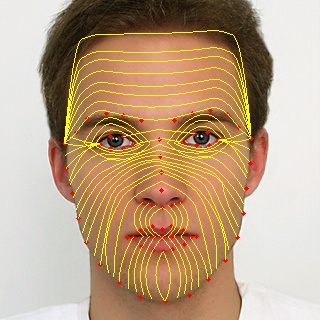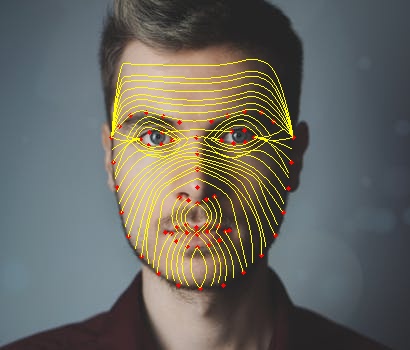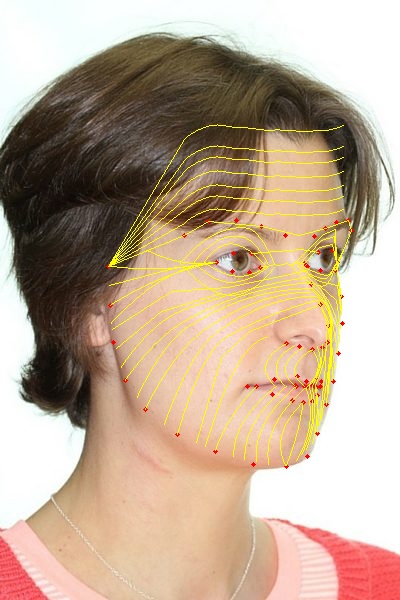Over dinner one night, my mom’s friend, Ross, a UCI resident plastic surgeon, pulled out his iPhone and showed me photos of a woman’s scarred face. Ross explained that the surgeon performing the facial skin graft didn’t incise along the natural skin-tension lines, a not-uncommon occurrence if the surgeon only occasionally performs this surgery. Based on my Machine Learning experience, Ross asked whether skin-tension line drawing was a feasible task for automation. I offered to try.
After scouring articles on grafts and skin-tension lines, I learned that people’s faces follow a structural geometry, with fixed proportions between the nose, eyes, ears, and chin. Using this information, I began developing an algorithm. Following numerous roadblocks, including incomplete information and code bugs, I completed a tool for automated skin-tension line detection: an artificially intelligent neural network that detects facial landmarks, followed by statistical techniques to draw skin-tension lines on patient photos. Partnering with Ross, I integrated this software into the app OR-stencil to help surgeons perform skin grafts with better results.
Examples of Automatically Drawn Skin Tension Lines
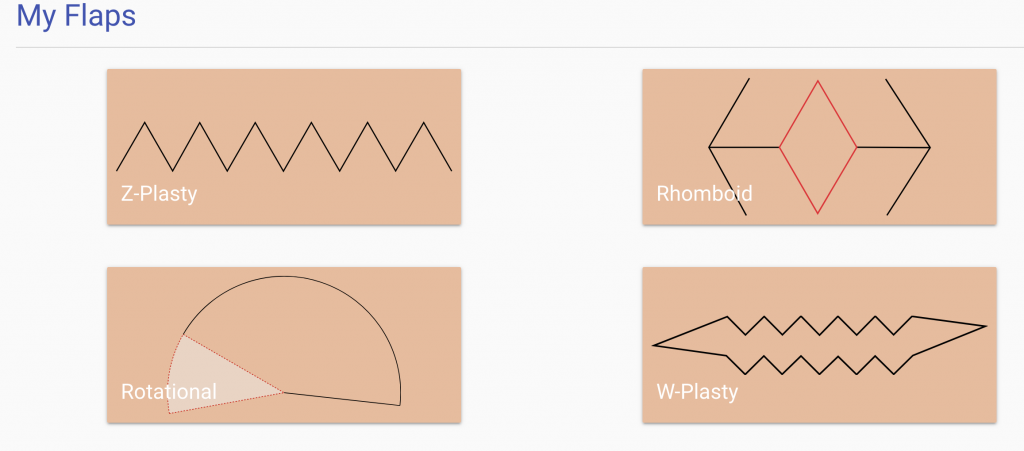
Examples of Flaps available for manipulation
APP: OR-Stencil Available on the App Store

